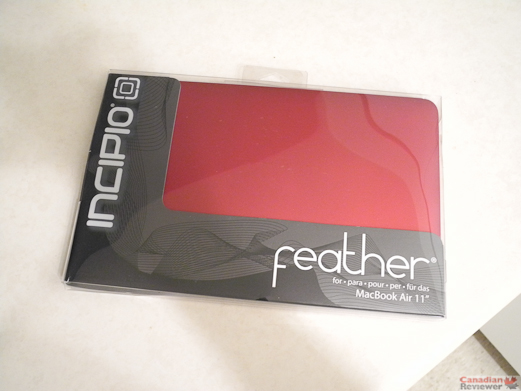Review: Incipio Feather Slim case for the MacBook Air 11-inch
 Tuesday, February 8, 2011 at 2:27PM
Tuesday, February 8, 2011 at 2:27PM 
By Gadjo Cardenas Sevilla
People who use the 11-inch MacBook Air love its svelte size and portability and finding the right case for protection that doesn't add significant bulk is a big deal. Incipio's Feather slim case ($49.99) manages to protect the smallest MacBook while maintaining the notebook's thin and light profile.





















